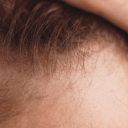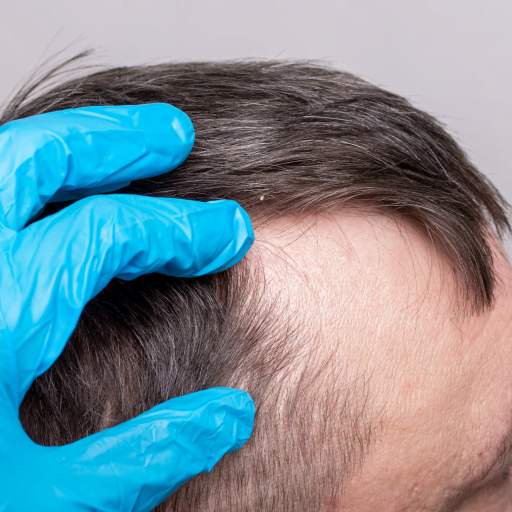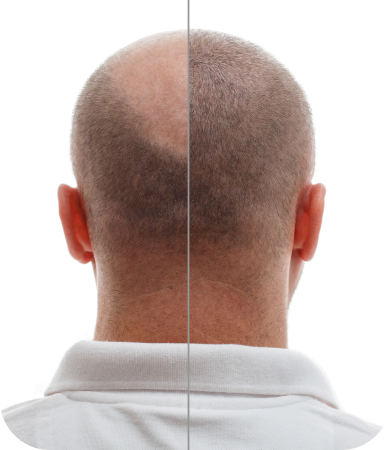How Does Finasteride Work?
Finasteride works by inhibiting the production of 5-alpha-reductase, an enzyme that converts your body’s testosterone into dihydrotestosterone (DHT). As the primary hormone that causes hair loss in men, some are more sensitive to DHT than others, which explains why some men are more susceptible to losing their hair at a faster rate.
While some normally lose their hair due to hormone imbalance, nutritional deficiencies, infections, or some psychological conditions, male pattern baldness is caused by hair follicles that are sensitive to DHT. This causes hair follicles to shrink after some time, and as they shrink, they produce fewer hairs.
As the follicles shrink, hair grows increasingly shorter and finer until no new hair starts to grow. Male pattern baldness is often seen with a receding hairline on the forehead or the area around the crown starts thinning initially (the “bald spot”). This is because the follicles on the top and crown of the head tend to contain DHT-sensitive follicles.
While DHT explains the hair loss associated with male pattern baldness, some exceptions are the hair follicles on the sides and back of the head. This is the reason for the “horseshoe” baldness pattern. These follicles have a tendency to be more resistant to DHT than those on the front, top, and crown of your scalp.
To see the results of taking finasteride, you must continue using it for six months. Research shows a significant increase in hair count over one year of continuous treatment with 1 milligram of finasteride per day (the usual finasteride dose for hair loss prevention). If you stop taking the medication, you will develop an increased production of the 5-alpha-reductase enzyme, which then leads to increased DHT production, thus leading to further hair loss.
Now, if you have not seen any significant results after taking finasteride for one full year, then it is time to seek some professional help from your hair restoration physician. He will probably suggest you stop taking finasteride and consider a more permanent solution for your hair loss problems like hair transplants such as follicular unit extraction (FUE).


